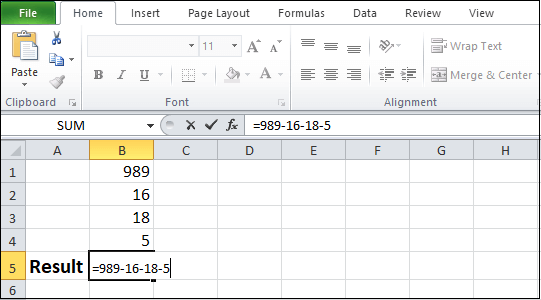

Type the name you want in the Table Name box, and press Enter. Select any cell in the table to show the Table Tools > Design tab on the ribbon. When you create an Excel table, Excel creates a default table name (Table1, Table2, and so on), but you can change the table name to make it more meaningful. If, for example, you add a column between the existing columns C and D, you'd have to revise your formula. Notice that while Excel copies your formula down the column, it doesn't use structured references. In the formula bar, enter =C2*D2 and press Enter. If you enter explicit cell references in a calculated column, it can be harder to see what the formula is calculating.
:max_bytes(150000):strip_icc()/001_3124091-5ba3f47446e0fb00505f6a68.jpg)
What happens when I use explicit cell references?

In the formula bar, the structured reference Commission]] appears after the asterisk.Įxcel automatically creates a calculated column and copies the formula down the entire column for you, adjusting it for each row. Type an asterisk ( *) directly after the closing bracket, and click cell D2. In the formula bar, the structured reference Amount]] appears after the equal sign. In cell E2, type an equal sign ( =), and click cell C2. Make sure the My table has headers box is checked, and click OK. To create the table, select any cell within the data range, and press Ctrl+T. Let’s use the following example data to enter a formula that automatically uses structured references to calculate the amount of a sales commission.Ĭopy the sample data in the table above, including the column headings, and paste it into cell A1 of a new Excel worksheet. To include structured references in your formula, click the table cells you want to reference instead of typing their cell reference in the formula. The references can make it easier to locate tables in a large workbook. Structured references also appear when you create a formula outside of an Excel table that references table data. The names in structured references adjust whenever you add or remove data from the table. That combination of table and column names is called a structured reference. Instead of using explicit cell references When you add formulas to an Excel table, those names can appear automatically as you enter the formula and select the cell references in the table instead of manually entering them.

When you create an Excel table, Excel assigns a name to the table, and to each column header in the table.


 0 kommentar(er)
0 kommentar(er)
